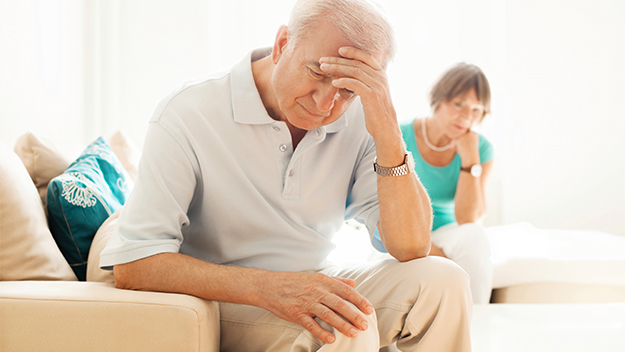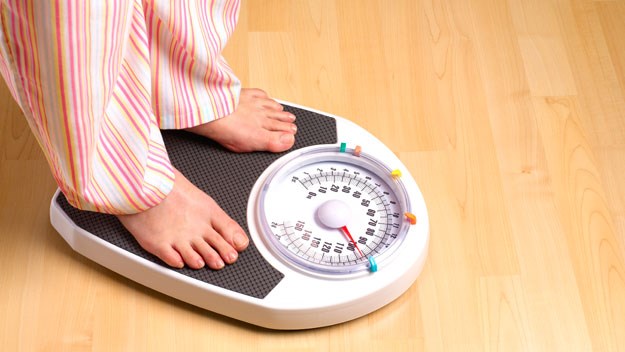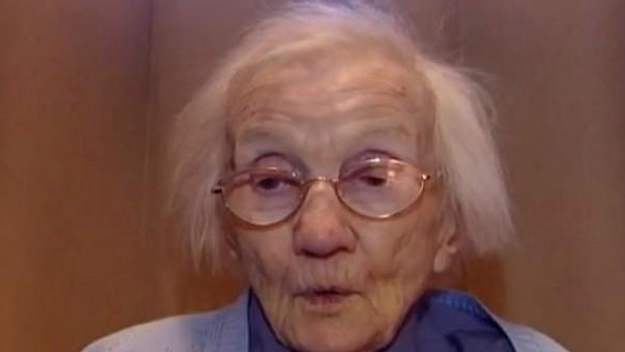The report, Mortality inequalities in Australia: 2009-2011, shows that there are significant inequalities when it comes to dying early or from potentially avoidable causes.
If males had the same death rate as females, there would have been 71,400 fewer male deaths over the 2009-11 period.
“Our report shows many factors affect death rates, with particular population groups more disadvantaged than others,” said AIHW spokesperson Louise York.
“We also found that the Australians who had the worst death rates tended to experience deaths from causes that, in many cases, can be considered to be preventable or treatable. These are often referred to as potentially avoidable deaths.”
The death rate among Indigenous Australians was nearly twice that of non-Indigenous Australians. Indigenous people aged 35-44 years, had a death rate five times as high as their non-Indigenous counterparts.
People living in remote and very remote areas also were worse off. They had death rates 1.4 times as high as those for people living in major cities, and higher rates of death due to diabetes (three times as high) and land transport accidents (4.7 times as high).
“For people living in areas of lowest socioeconomic status, the death rate was 1.3 times as high as for those living in areas of the highest socioeconomic status, with death rates from diabetes and chronic obstructive pulmonary disease (COPD) notably higher, at 1.8 times as high and 1.7 times as high, respectively,” Ms York said.
Overseas-born Australian residents had lower death rates than those who were born in Australia. Asian-born Australian residents had a death rate that was 36 per cent lower than the rate for Australian-born residents.
“Many of these patterns for 2009-11 were similar to patterns from 10 years earlier, showing that mortality inequalities are long-standing in Australia,” Ms York said.
The AIHW is a major national agency set up by the Australian Government to provide reliable, regular and relevant information and statistics on Australia’s health and welfare.


